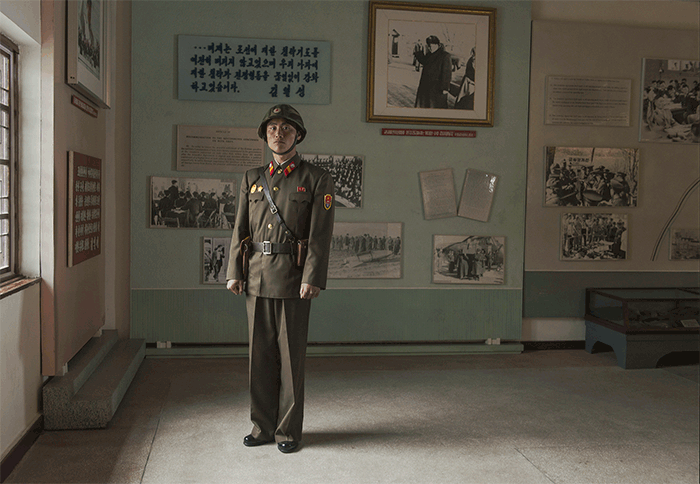
Incredible 3D photos of North Koreans from award winning photographer in new book
Photos of North Koreans tend to be hastily shot without the subject’s knowledge. Slovenian photographer Matjaz Tancic, however, had unprecedented access to his subjects, resulting in much more open, honest portraits
The 3D photo project 3DPRK provides a rare window into the lives of regular North Koreans, people whose lives are usually overlooked in the often sensationalised coverage of the world’s most isolated nation.
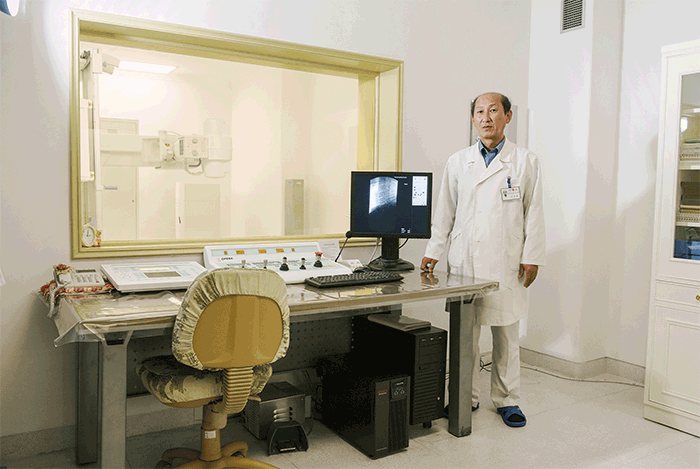
The package of 66 photo slides and a simple plastic 3D viewer was produced by Beijing-based Slovenian photographer Matjaz Tancic, a specialist in 3D photography who won an award in the 3D category at the 2013 Sony World Photography Awards.
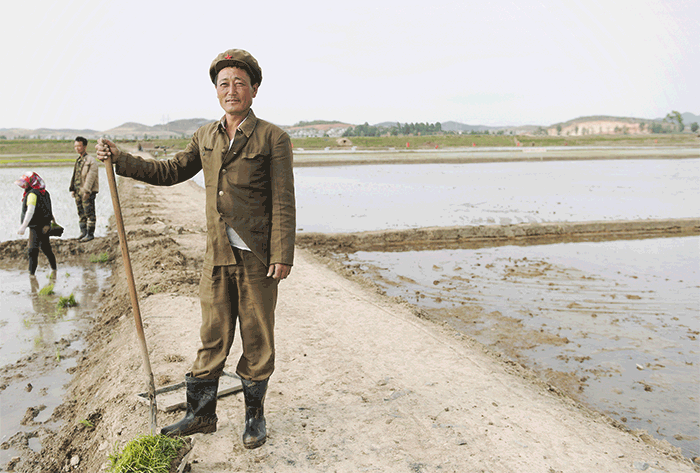
Working with North Korean art specialists and cultural exchange organisation Koryo Studio, he received unprecedented access to ordinary people in a country where visitors’ itineraries are strictly controlled.
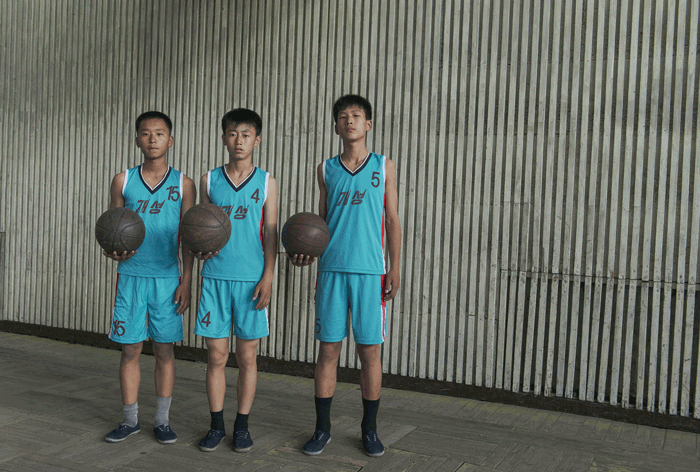
“You always have two guides with you. You can take private tours and visit locations you really want to see, but even these tours are quite curated. I went there with Koryo Studio, which has been doing tours to North Korea for over 25 years, as well as art and field photography projects. They had seen my work and liked it, and asked if I wanted to work on a project with them,” Tancic says.
Lord of Formosa: tale of Ming pirate who won Taiwan from Dutch
“It then took eight months to get all the permissions and fix all the locations we wanted to see. I selected locations where I knew we would be able to see people, and locations that had only been recently opened [to foreigners] so we could get the most exclusive view of the country possible.”
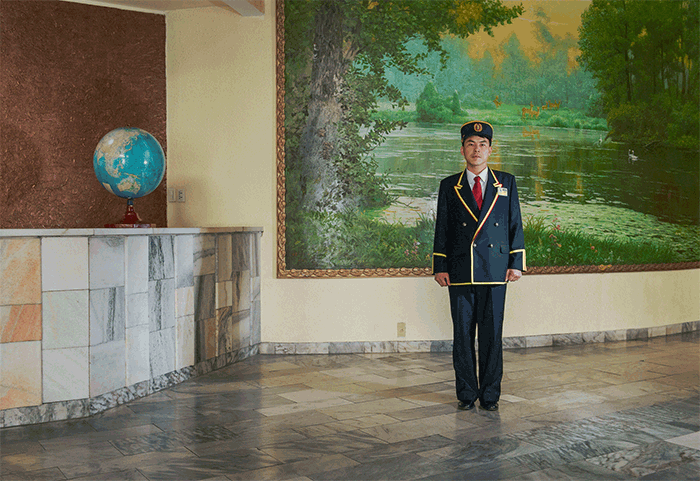
Asked why he decided to make portraits the focus of the project, Tancic said: “Because nobody knows much about North Korea, and even less about its people. You always just hear the stereotypes about how brainwashed they are, or even the completely opposite propaganda from the government about how brilliant everyone is. So I wanted to discover what these people are really like and make this a very personal project.”
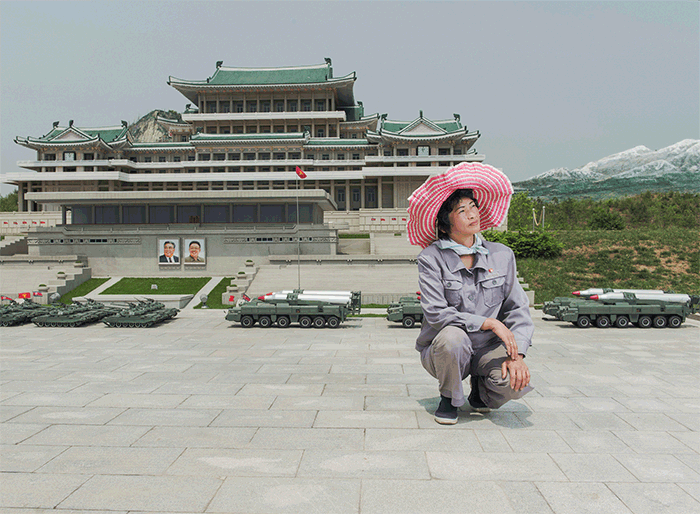
3DPRK’s first edition of 1,000 copies sold out within a couple of months of publication in 2016 and won praise from the likes of Simon Baker, the first photography curator of London’s Tate Modern gallery, and the second edition of 1,200 copies – including 10 new 3D slides – was published in May this year.
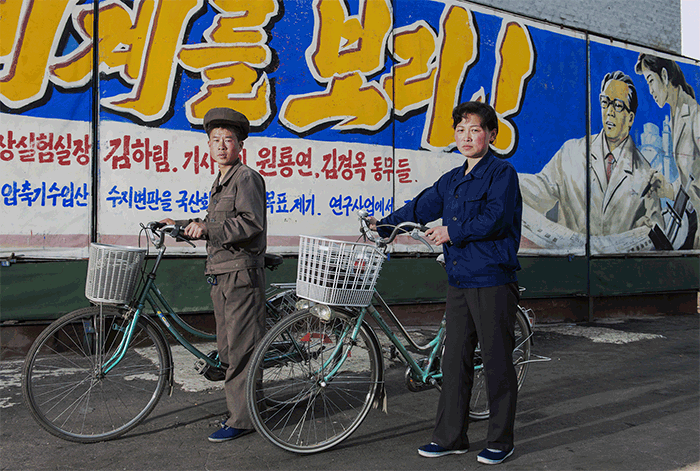
Since the first edition was released, Tancic has also exhibited the images from 3DPRK in various places including Hong Kong, New York, Russia, France and Switzerland.

In 3DPRK’s introductory booklet, Tancic writes that the “rare glimpse” of a North Korean – a candid photo taken, for example, from a moving bus or through a doorway – has become so common that it’s now a trope of North Korean photography, and something that this project tried to avoid.
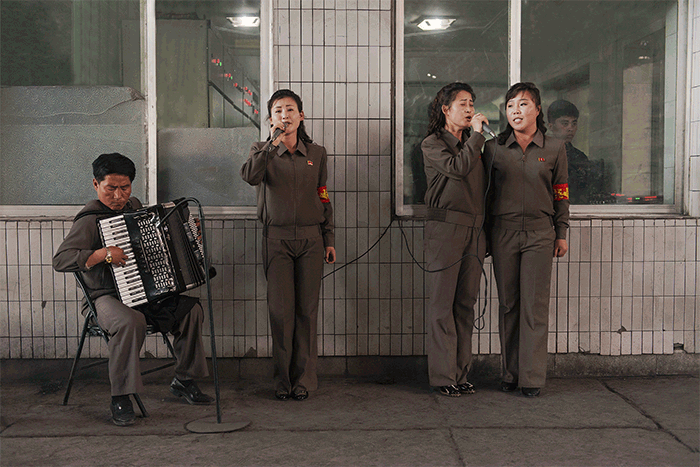
Instead, Tancic was interested in exploring the subjects of these rare glimpses, the “people with the least personal agency on Earth – decision-making at most levels of their lives is governed by the politics and principles of the state”.
Refreshing new insights into Chinese military classic – book review
And why 3D? “First, North Korea has quite a long tradition of 3D photography and I even collected some 3D photos while I was there. Second, as I wanted to make this a very personal project, you really get into people’s personal space with the 3D technique – the photographer must consider exactly where the people are standing, what clothing they are wearing, and so on.”
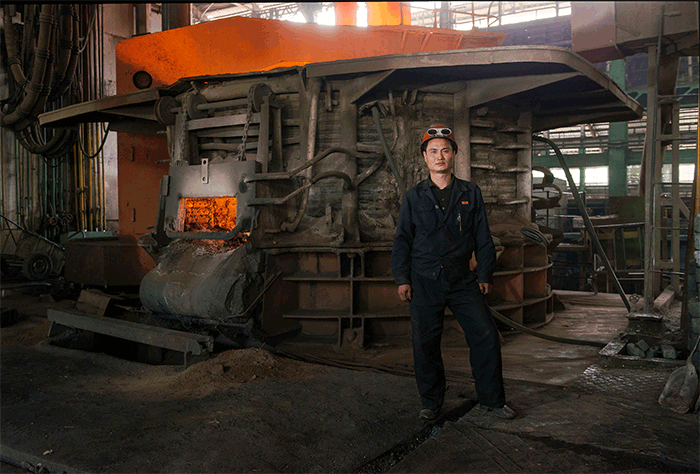
While 3D photography may sound like a relatively recent innovation, the technique dates back to the 19th century.

The 3D effect is achieved by taking two photographs from different horizontal positions to form a stereoscopic image – for the purposes of this article, the left and right shots have been combined to form a moving image that approximates a three-dimensional photograph.
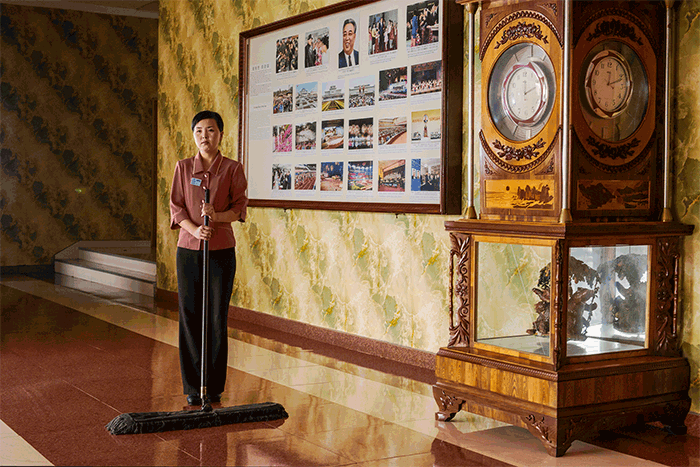
Through Tancic’s images, we meet people from a broad cross-section of North Korean society – students farmers, soldiers and professionals – as he wanted to shoot “people of different ages, statuses and occupations that anyone, anywhere could identify with. It seemed simple, but it quickly became clear why there aren’t many similar projects around.”
